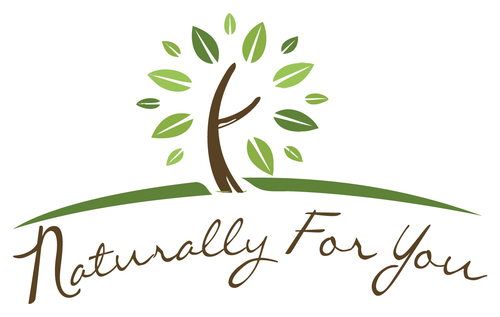
Sodium tallowate, sodium cocoate or sodium palm kernelate, water, sodium chloride, sodium silicate, magnesium sulfate, and fragrance.
A side note: The list of ingredients for the soap was very difficult to find. It was not printed on the individual bars of the 12-pack nor was it found on the outside packaging of the 12-pack of soap. I looked online on the company website (www.ivory.com) and was unable to find it. I finally was directed to the MSDS (Material Safety Data Sheet) at the Procter & Gamble Company and located the ingredients from the MSDS sheet for Ivory Soap.
Sodium Tallowate
Uses: Used for cleansing.
About This Ingredient: Sodium tallowate is a salt of Tallow (according to Cosmetic Cop’s Dictionary of Cosmetic Ingredients it is a substance extracted from the fatty deposits of animals, especially from suet (the fat of cattle and sheep). Tallow is often used to make soap and candles. In soap, because of its fat content, it can be a problem for breakouts). According to The Soapmakers Companion (Susan Miller Cavitch) “Quite a bit of controversy surrounds the use of tallow in soapmaking. It is thought to clog pores, cause blackheads, and increase the incidence of eczema for individuals with sensitive skin. “
How It’s Made: Sodium tallowate is made my mixing Tallow with Lye (a solution containing water and an alkali).
The Bottom Line: This inexpensive and readily available ingredient cleanses and moisturizes your skin, but may worsen or cause acne.
Water
Uses: Typically used in soap as a solvent for dissolving the oxidizer.
About This Ingredient: A solvent is always needed to dissolve the oxidizer. It can be water, milk, or any other liquid containing water.
How It’s Made: Occurs naturally.
The Bottom Line: Water is used as a means of dissolving the oxidizer (the thing that combines with the oils to make soap).
Sodium Stearate
Uses: The Stearate salts are generally used for their lubricating properties. They also help to keep emulsions from separating into their oil and liquid components, according to Cosmetic Info.
About This Ingredient: According to DCI, this ingredient is about 98% Stearic Acid, and carries the same risks.
How It’s Made: Made by reacting sodium with stearic acid to create the salt, sodium stearate, according to wikipedia.
The Bottom Line: This ingredient does not appear to have any beneficial properties for your skin.
Sodium Cocoate
Uses: Used as a surfactant.
About This Ingredient: This is a gentle surfactant.
How It’s Made: Sodium cocoate is produced by hydrolysis of the ester linkages in coconut oil with sodium hydroxide (same as Sodium Isethionate), a strong base, according to wikipedia.
The Bottom Line: This ingredient cleanses your skin.
Sodium Palm Kernelate
Uses: Used as a surfactant.
About This Ingredient: This is a gentle surfactant.
How It’s Made: Sodium Palm Kernelate is formed by combining Palm Kernel oil with an oxidizer (such as Sodium Hydroxide).
The Bottom Line: This ingredient cleanses your skin.
Sodium Chloride
Uses: Used as a thickening agent.
About This Ingredient: Sodium Chloride is the same as ordinary table salt.
How It’s Made: Occurs naturally. Can be mined or taken from seawater by evaporating it.
The Bottom Line: This ingredient does not appear to have any beneficial properties for your skin.
Sodium Silicate
Uses: Can be used to reduce shrinking and cracking and also to minimize soap-dish melt down.
About This Ingredient: Sodium silicate is a white powder that is readily soluble in water, producing an alkaline solution.
How It’s Made: Made by melting sand with excess alkali.
The Bottom Line: This ingredient does not appear to have any beneficial properties for your skin. If a solution of sodium silicate gets on the skin and dries, it’s difficult to wash it off. In fact, sodium silicate was once used as glue for paper.
Magnesium Sulfate
Uses: Prevents some of the temporary skin wrinkling, pruning. Can also be absorbed into the skin, reducing inflammation.
About This Ingredient: Magnesium is an electrolyte that aids to proper muscle and nerve functions
How It’s Made: Is the natural analogue of “Epsom salt according to wikipedia.
The Bottom Line: This ingredient appears to have beneficial properties for your skin.
http://www.epinions.com/review/Ivory_Original_Bar_Soap/content_175770734212

